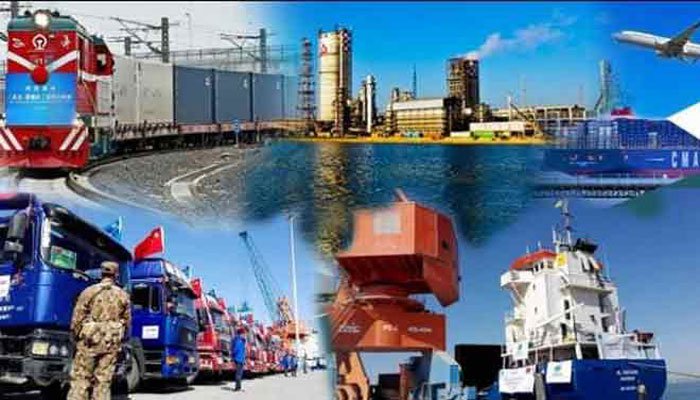CPEC’s second phase to mainly focus on industrialization, agriculture and socio-economic development: Pakistani official

Islamabad: Investments in the second phase of the China-Pakistan Economic Corridor (CPEC) would mainly focus on industrialization, agriculture modernization, socio-economic development and cooperation in Science and Technology between the years 2021-2025, a senior Pakistani government official said.
Parliamentary Secretary for Planning, Development and Reforms Kanwal Shauzab told the National Assembly during the Question House that several projects under the second phase of the CPEC had already taken off.

She informed that projects worth US $ 12.47 billion in the transport and energy infrastructure had been carried out successfully and many were under implementation.
Kanwal Shauzab stressed that the purpose was to reap the dividends of the investment made in the energy and transport infrastructure.
She pointed out that the Special Economic Zones (SEZs) development at Rashakai, Khyber-Pakhtunkhwa, Allama Iqbal Industrial Zone in Faisalabad and Dhabeji under the CPEC were in different stages of development. “Similarly, funds have been allocated in the current PSDP (Public Sector Development Projects) for utilities provision to these SEZs,” she added.
Kanwal Shauzab maintained that the government was committed to increase employment opportunities in the country.
She indicated that provision of employment to youth was a big challenge, and priority of present government.
Kanwal Shauzab remarked that the government had taken various steps for reviving the economy, accelerating the pace of economic growth and creating employment opportunities in the country.
She said that the government had introduced construction package which was linked to 40 sectors of small and large manufacturing industry simultaneously.
Kanwal Shauzab was optimistic that millions of employment opportunities would be generated through construction package.
“About 4.5 million workforce is employed in the construction sector which is 7.3 percent of the total labour force,” she stated.
She claimed the textile sector of Pakistan had been working at almost full-capacity production taking advantage of the government withdrawal of duties and taxes on import of the raw cotton.
Kanwal Shauzab said that statistics had shown that the government had recreated half a million jobs by strengthening the textile industry.





